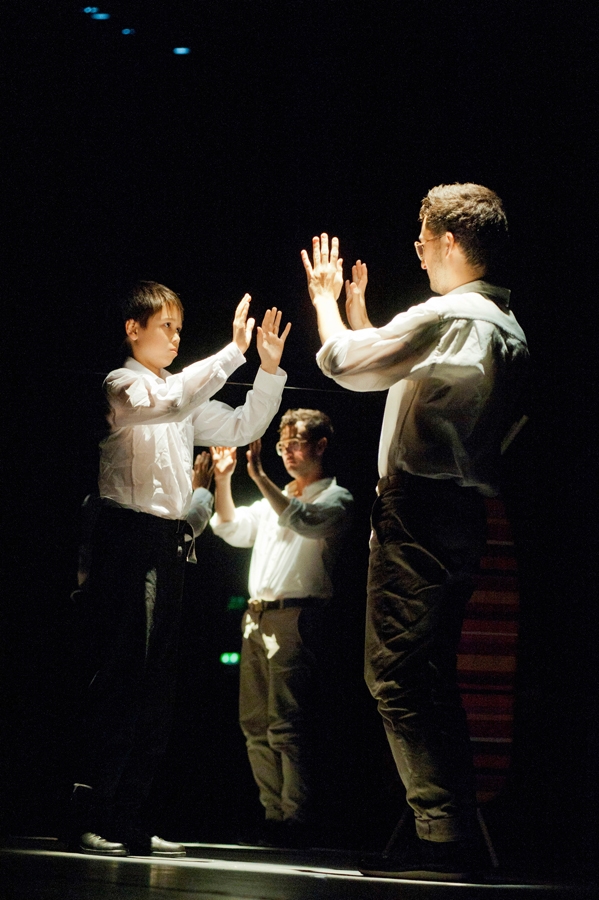Poor, frustrated George Bailey, Jimmy Stewart’s swell guy in It’s a Wonderful Life (1946). That’s who I keep thinking of while walking round curator Adam Carr’s Return Journey, a busy but tight group show that looks at the emotionally charged, nostalgia-laden, occasionally frustrating relationship one has with one’s hometown. George told his sweetheart: “I’m shakin’ the dust of this crummy little town off my feet and I’m gonna see the world!” This show sees 22 British artists return whence they came, now the dust has settled.
Some towns are only really haunted by our own personal ghosts: Sue Tompkins was born in Leighton Buzzard (population 39,000 according to a wall text, in keeping with similar signs next to all works in the show, each indicating the number of inhabitants in the respective artist’s hometown, together with its geographical coordinates). With all due respect to this Home Counties parish, it’s not got an extensive cultural history, so Tompkins’s typed words on newspaper seem to recollect her own childhood memories. ‘Whizz!!!!!!!!!!!’ cries one, evocative of childish highjinks, perhaps rollerskating down one of the Chiltern Hills sometime in the late 1970s.
‘Whizz!!!!!!!!!!!’ cries one, evocative of childish highjinks, perhaps rollerskating down one of the Chiltern Hills sometime in the late 1970s
Tracey Emin’s grainy 1995 film, Why I Never Became a Dancer, about escaping the underage sex and petty misogyny of 1970s Margate, is similarly personal, but with a touch more pathos. “By fifteen I’d had them all, and for me Margate was too small,” Emin rhymes. Likewise haunting is Jonathan Monk’s The Gap Between My Mother and My Sister (1998), a six-by-eight grid of black-and-white photographs. Each photo depicts an inauspicious junction or minor road on the journey between Leicester – where the artist grew up and his mother still lives – and Birmingham, where Monk’s sister now lives. The work is, in the context of this show, a quietly sad commentary on leaving home and familial dispersal (Monk himself now lives in Berlin).
There are more universal, or public, histories mined: Alan Kane and Simon Periton’s The ASBO Mystery Play (Tableaux and Vitrine) (2011/13), a multimedia sculptural mise-en-scène of street life in which clothed dummies of a hooded youth, a street cleaner and other archetypal personas of British urban life stand in front of a giant wall-pasted photograph of a street in Faversham, Kent, for example. Simon Fujiwara’s video drama The Mirror Stage (2013), meanwhile, theatrically entangles his early years in St Ives, first sexual awakenings and Damascene moment in front of a Patrick Heron painting (a replica of which is installed alongside the video monitor).
The message of Return Journey is that our personality is inextricably wrapped up in the place we spent our formative years. The exhibition is oddly melancholic, in a warm fuzzy sort of way: for the most part Carr avoids overtly political works (apart from Paul Seawright’s monochrome photographs of sites of conflict in Belfast from the Troubles), and instead the curator asks us to look at our own internal conflicts: about where we came from, and where we want to be.
This article was first published in the April 2014 issue.
